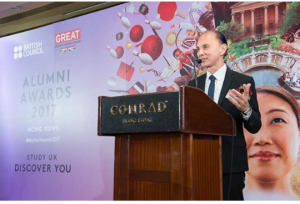by Ezzati Zaki
In no case do you get one answer which is universally accepted because it is true: in each case you get a number of totally incompatible answers, one of which is finally adopted as the result of a physical struggle. History is written by the winners. (Orwell, 1944, para. 4)
The quote above explain in the tradition of answering to the curious minds, there will always be multiple tales to a story. And most often than not, the tales told is the chosen answer, or fact carefully selected by the author. Seeing that history was written by winners, we, as citizen of a nation have much to query in our lifetimes.
According to United Nations Educational, Scientific and Cultural Organization (UNESCO, n.d.), “Freedom of information is an integral part of the fundamental right of freedom of expression…which encompasses the freedom to seek, receive and impart information and ideas through any media and regardless of frontiers”. As stated by UNESCO, it is human right to get information and use the information by which to express it to others. Alas, it is not the case in Malaysia as legal guarantee of the Right to Know is limited to only the state of Selangor and Penang, under the Freedom of Information Enactments (FOIE). The FOIEs in both states permit the citizen to attain most information owned by the respective state governments, “but the Official Secrets Act (OSA) 1972 invalidates the FOIEs jurisdiction as soon as the requested information involves that which is marked ‘Top Secret’, ‘Secret’, ‘Confidential’ or ‘Restricted’ under the OSA” (Right2Know, n.d.).
With the limited democratization of information in Malaysia, it is the duty of media to act as watchdog. Unfortunately, according to Ravi (2016), Malaysian media is a muzzled one, on discussing the Sarawak Report on 1MDB in her article for Al Jazeera. Ravi also stated that it is not a surprise to Malaysian themselves that mainstream media are not transparent in their news reporting and strangulating of democracy. The lack of trust amongst rakyat of its own mainstream media can be justified by which Malaysia ranked 145 out of 180 in the Freedom Press Index (Reporters Without Borders, 2018).
Let’s take a socialist stand and look into Murdock and Golding’s (1974) proposition; implicitly doubting publics’ nonchalant absorption of media products rather than challenging them. There are indeed a high concentration of constructed content received by audiences which initiated the rise of alternative media to tackle the untruthful contents offered. Praxis is one of political economy in mass communication’s component incorporated in many scholarly setting to promote media and social change (Wasko, 2014). These efforts of uncovering the truth by alternative media are seen as acts of activism towards freedom of information and speech.
In Malaysia, some alternative media are politically inclined toward certain camp. However, there are significant new players in the alternative media, thanks to the aid of the Internet. In recent years, alternative media especially alternative print media revoked off of their publication licenses turned to the Internet to utilize the digital space. Supporting Murdock and Golding’s proposition, Malaysians are receptive of alternative media, specifically catered to the younger hipper crowd, such as cilisos.my, the online edition of The Malay Mail and the up and coming The Other.
Malaysians have been deprived of their rights to information since before the 1987’s Operasi Lalang. The public sphere perspective should be embraced to allow exchange of ideas and knowledge, in so doing cultivates dynamic citizenries. As responsible rakyat, Malaysians should put into practice the “principles of diversity, access to information for an informed citizenry necessary for democracy, free speech and freedom of press,” (Rice, 2008). After an astonishing feat by the rakyat in transforming Malaysia during the last 14th General Election, there is harapan (hope) for a transparent, credible and trustworthy media, in supporting citizen’s need for freedom of information.
References
• Murdock, G., & Golding, P. (1974). For a political economy of mass communications. Socialist Register, 205 – 234.
• Orwell, G. (1944, February 4). As I pleased. (A. Bevan, & J. Kimche, Eds.) Tribune.
• Ravi, M. (2016). Corruption and control: Malaysia’s muzzled media. Retrieved from Al Jazeera: Retrieved from AlJazeera: http://www.aljazeera.com/programmes/listeningpost/2016/04/corruption-control-malaysia-muzzled-media-160418081111223.html
• Reporters Without Borders. (2018). 2017 World Press Freedom Index. Retrieved from Reporters Without Borders: https://rsf.org/en/malaysia
• Rice, R. E. (2008). Central concepts in media ownership research and regulation. In R. E. Rice, Media ownership: Research and regulation (pp. 3-28). Cressskill, NJ: Hampton Press.
• Right2Know. (n.d.). Freedom of Information. Retrieved from Right 2 Know Malaysia: https://right2know.my/foi/
• UNESCO. (n.d.). Communication and Information. Retrieved from United Nations Educational, Scientific and Cultural Organization: http://www.unesco.org/new/en/communication-and-information/freedom-of-expression/freedom-of-information/
• Wasko, J. (2014). The study of the political economy of the media in the twenty-first century. International Journal of Media and Cultural Politics, 10(3), 259-271. doi:10.1386/macp.10.3.259_1






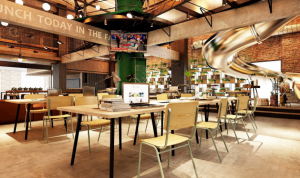



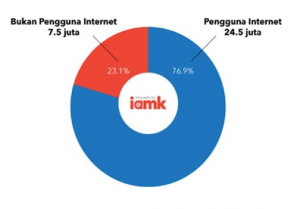

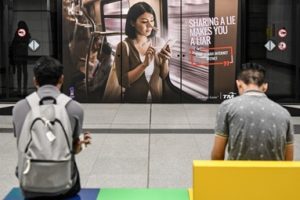
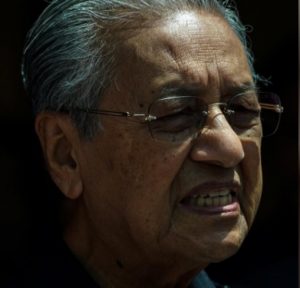
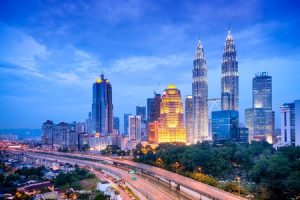
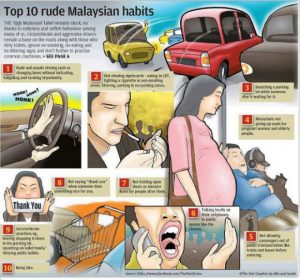
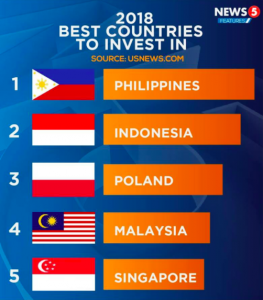 In a recent survey of the top 20 countries to invest in, Malaysia made it to the number 4 position, and the best part is, for once, we triumphed over Singapore which was placed in fifth position.
In a recent survey of the top 20 countries to invest in, Malaysia made it to the number 4 position, and the best part is, for once, we triumphed over Singapore which was placed in fifth position.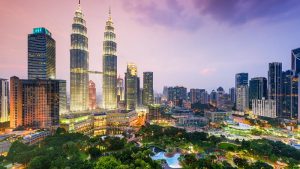




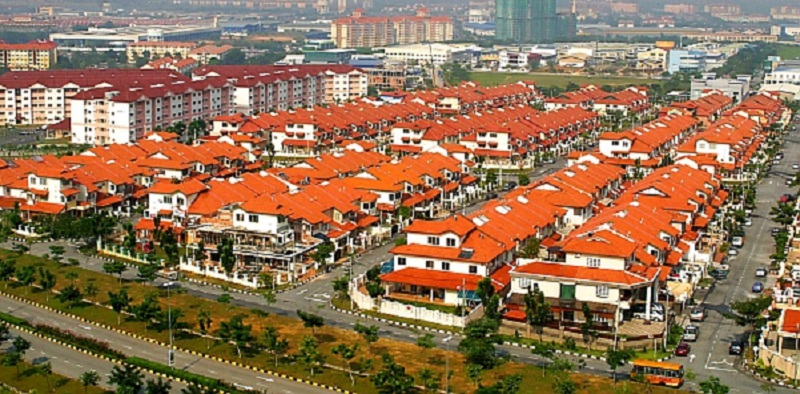




 “It’s not like when you are in the UK, you can feel relaxed and take it easy. The demand is always higher as a foreigner since priorities are given to the locals. So as a foreigner I needed to prove that I was better than them”
“It’s not like when you are in the UK, you can feel relaxed and take it easy. The demand is always higher as a foreigner since priorities are given to the locals. So as a foreigner I needed to prove that I was better than them” Source: Facebook, Maravilla Ariff AB
Source: Facebook, Maravilla Ariff AB Ariff AB’s type of music is well-received in the UK and it’s proven when he was offered to do a UK tour for two months around England in which he played at different venues almost every day. He also performed at the Oxjam Islington 2016 festival. There is nowhere to go but up for Ariff AB. He could be the next Yuna in the music industry and make Malaysia proud. You can listen to Ariff AB songs
Ariff AB’s type of music is well-received in the UK and it’s proven when he was offered to do a UK tour for two months around England in which he played at different venues almost every day. He also performed at the Oxjam Islington 2016 festival. There is nowhere to go but up for Ariff AB. He could be the next Yuna in the music industry and make Malaysia proud. You can listen to Ariff AB songs 